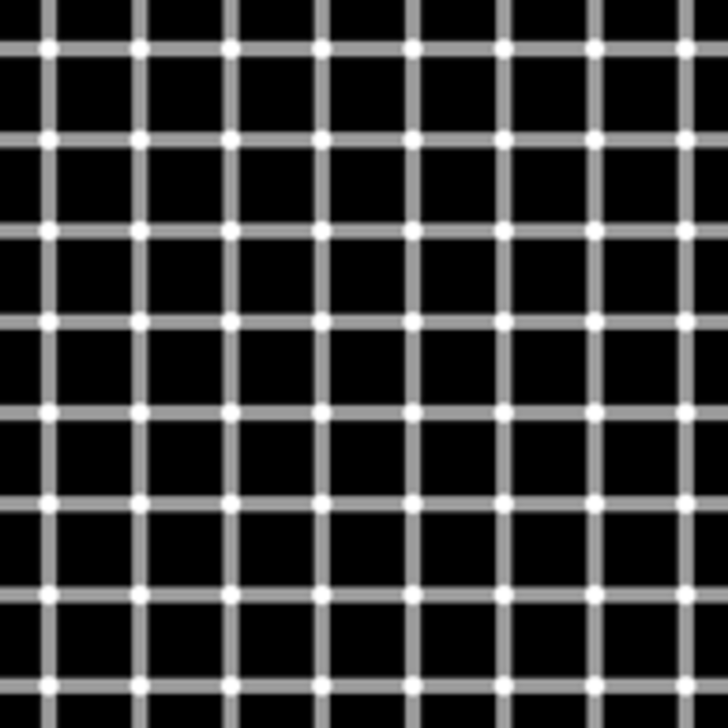DBT
Contributor
For fuck's sake, I posted pixel RGB content, it's not black and white photo, Even hair is not black.The coloured lines are not as sharp as they could be, but it is a black and white photo.
There is no brain effect here at all. Brain does not paint anything Color vision has less sensitivity and resolution than black-white. So at sufficient distance or off center view you simply can not resolve color features, it all becomes solid color
There is a fair bit of 'leeching out' of the coloured lines, but the central patches within the squares are shades of grey. You can see it in the blow ups. It's the leeching that gives the impression of colour, in some cases as much leeching as there is grey scale. It's neither entirely coloured or grey scale. It only work when the squares are small.



